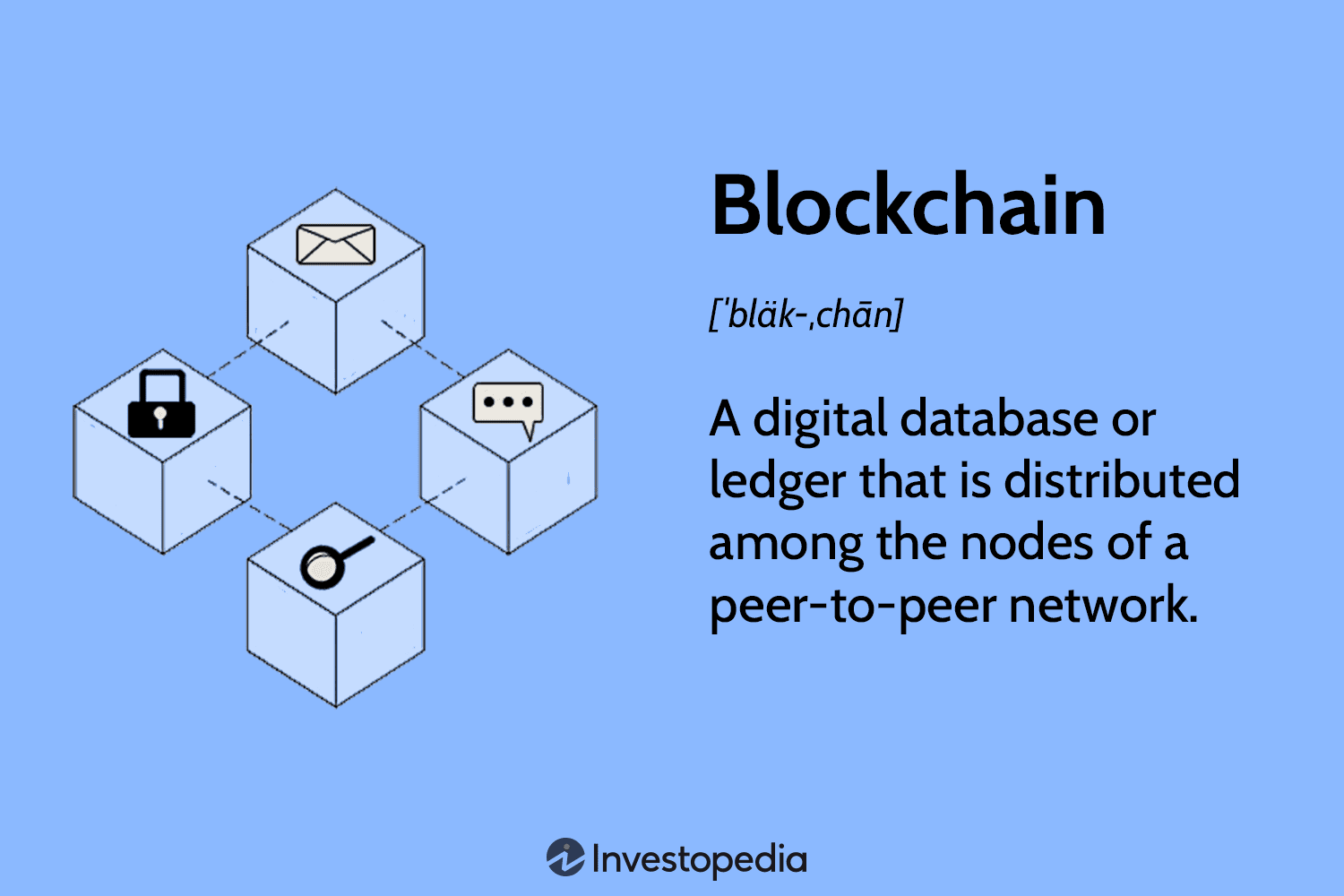
What is Blockchain? ブロックチェーンとは?包括的なガイド
What is Blockchain at its Core? 基本の理解
How Does a Blockchain Work? ブロックチェーンの仕組み
Transaction Initiation (取引の開始): A user initiates a transaction, which is broadcast to the network.Transaction Verification (取引の検証): Network nodes (computers) verify the transaction using cryptographic techniques. This process, often referred to as "mining" in cryptocurrency contexts, involves solving complex mathematical problems. 具体的には、取引データを含むブロックに「ナンス」と呼ばれる値を加えてハッシュ値を計算し、それがネットワークで設定された条件を満たすまでナンス値を変えながら計算を繰り返します。Block Creation (ブロックの作成): Verified transactions are grouped together into a block.Block Addition (ブロックの追加): The new block is added to the existing blockchain, creating a permanent and unalterable record. This process requires consensus among the network nodes. 合意形成のアルゴリズムには、ビットコインで使用されるプルーフ・オブ・ワーク(PoW)や、よりエネルギー効率の高いプルーフ・オブ・ステーク(PoS)などがあります。Data Replication (データの複製): The updated blockchain is replicated across all nodes in the network, ensuring redundancy and data integrity. これにより、単一のノードが故障してもデータは失われず、システム全体の耐障害性が向上します。
(What is Blockchain's Key Features?) ブロックチェーンの主な特徴
Decentralization (分散化): No single entity controls the blockchain.Transparency (透明性): All transactions are publicly viewable.Immutability (変更不可能性): Records cannot be altered or deleted.Security (セキュリティ): Cryptographic hashing ensures data integrity.
(What are the Benefits of Blockchain?) ブロックチェーンのメリット
Enhanced Security (セキュリティの強化) Increased Transparency (透明性の向上) Improved Efficiency (効率性の向上) Greater Privacy (プライバシーの向上)
(What are the Drawbacks of Blockchain?) ブロックチェーンのデメリット
Scalability (スケーラビリティ) Complexity (複雑さ) Regulation (規制) Energy Consumption (エネルギー消費)
(What are the Applications of Blockchain?) ブロックチェーンの応用
Supply Chain Management (サプライチェーンマネジメント) Healthcare (ヘルスケア) Finance (金融) Voting (投票) Digital Identity (デジタルアイデンティティ)
(Conclusion) 結論
参考文献: IBM - What is Blockchain?
よくある質問 (QA)
- Q1: ブロックチェーンと従来のデータベースの違いは何ですか? A1: ブロックチェーンは分散型であり、改ざんが困難ですが、従来のデータベースは中央集権的で改ざんのリスクがあります。
- Q2: ブロックチェーンはどのようにして安全性を保証していますか? A2: ブロックチェーンは暗号技術を用いてデータを保護し、各ブロックが暗号ハッシュでリンクされています。
- Q3: ブロックチェーンの技術はどの業界で利用されていますか? A3: 金融、サプライチェーン、医療、不動産など多くの業界で利用されています。